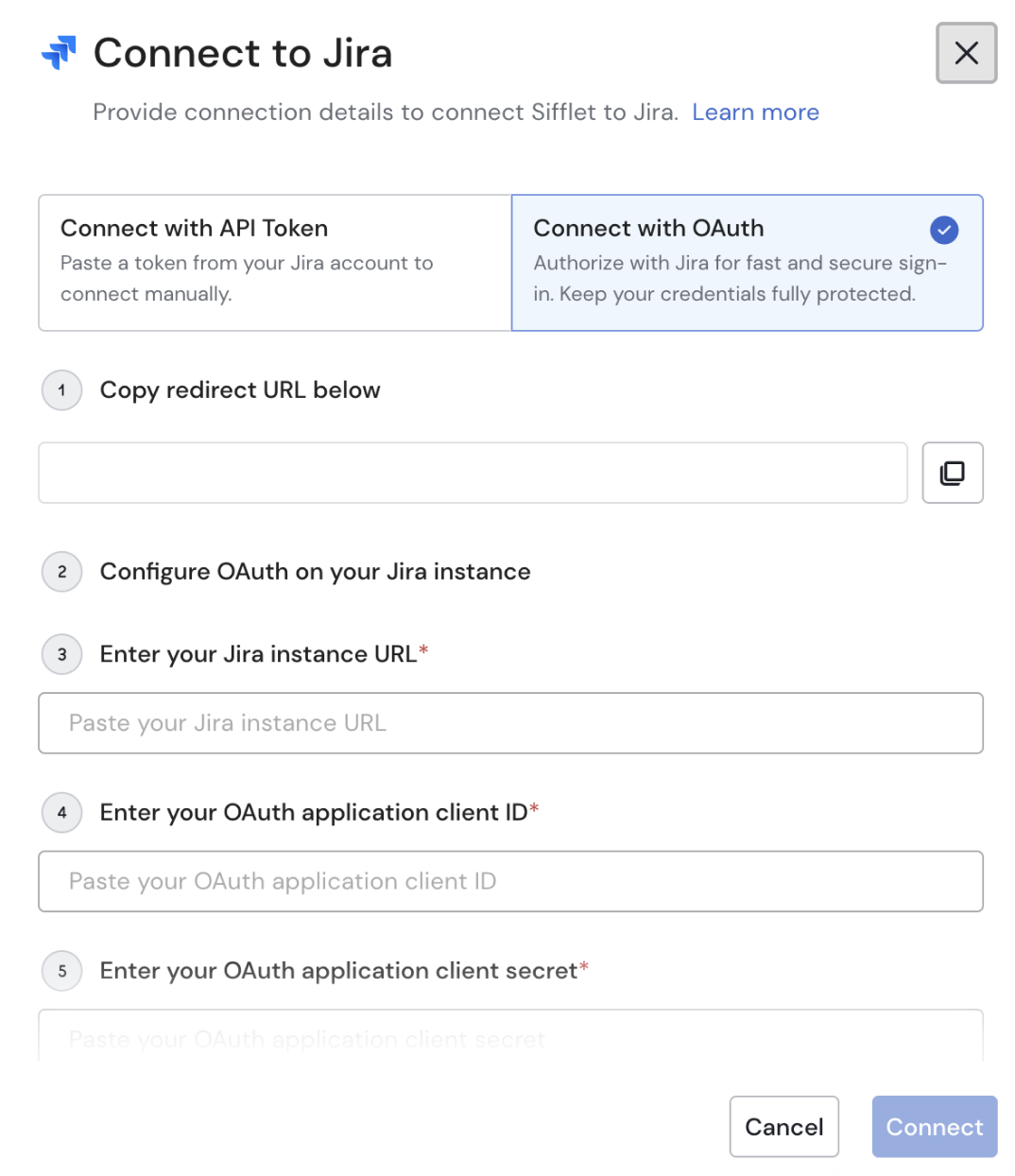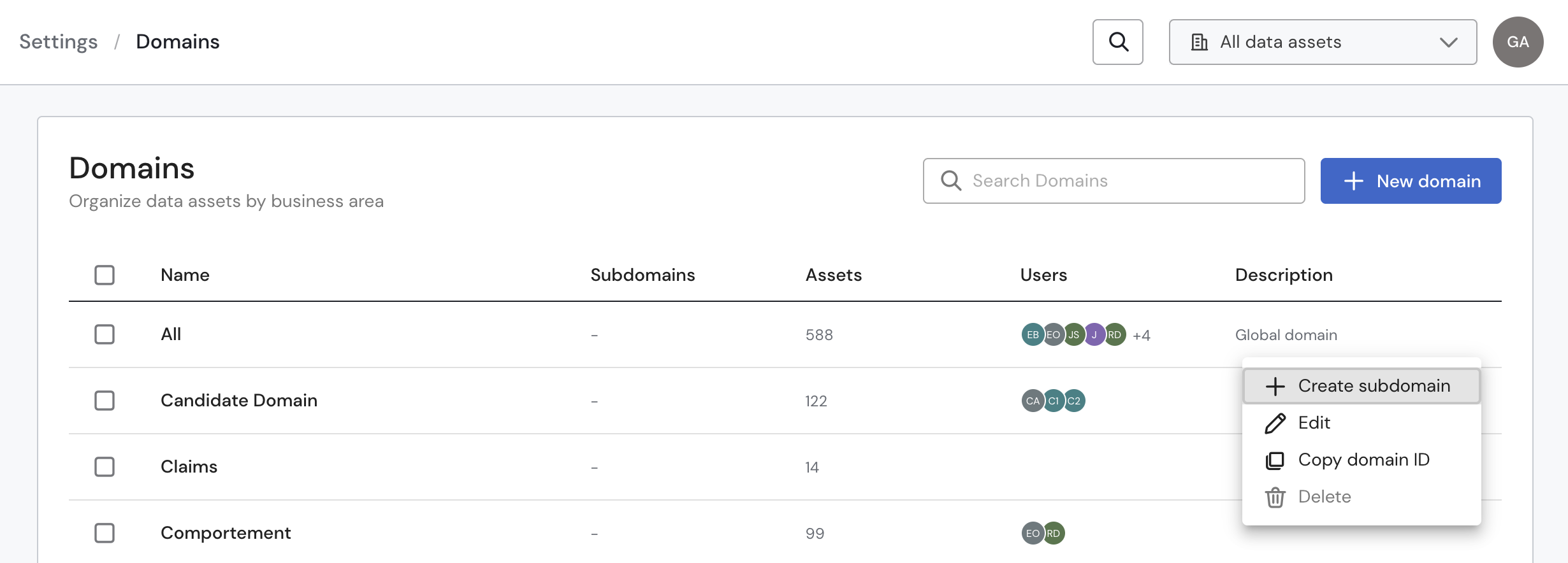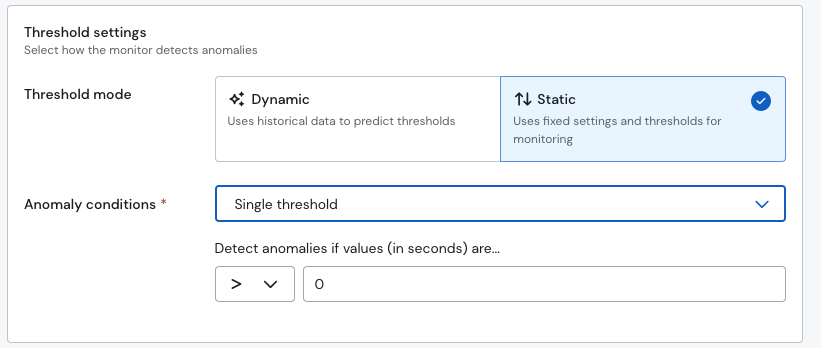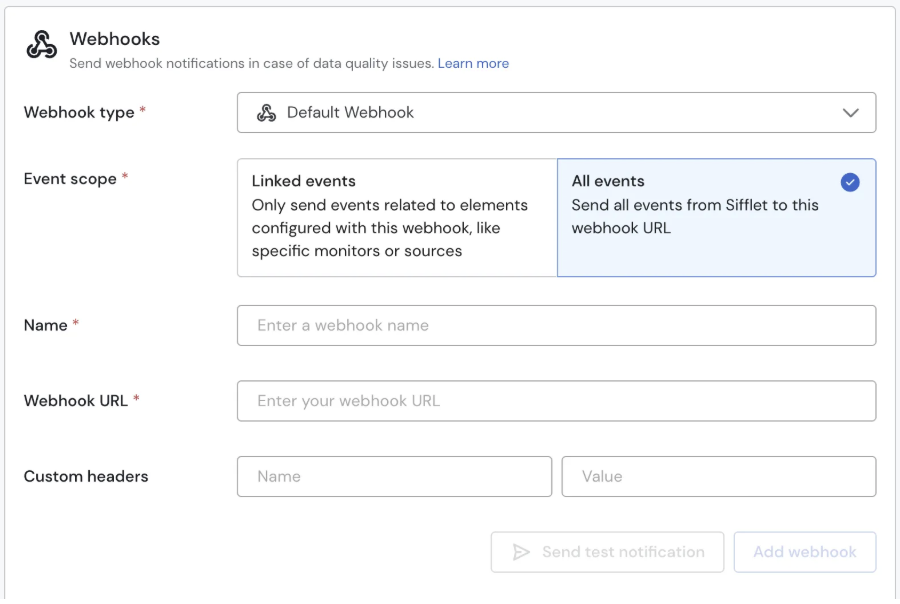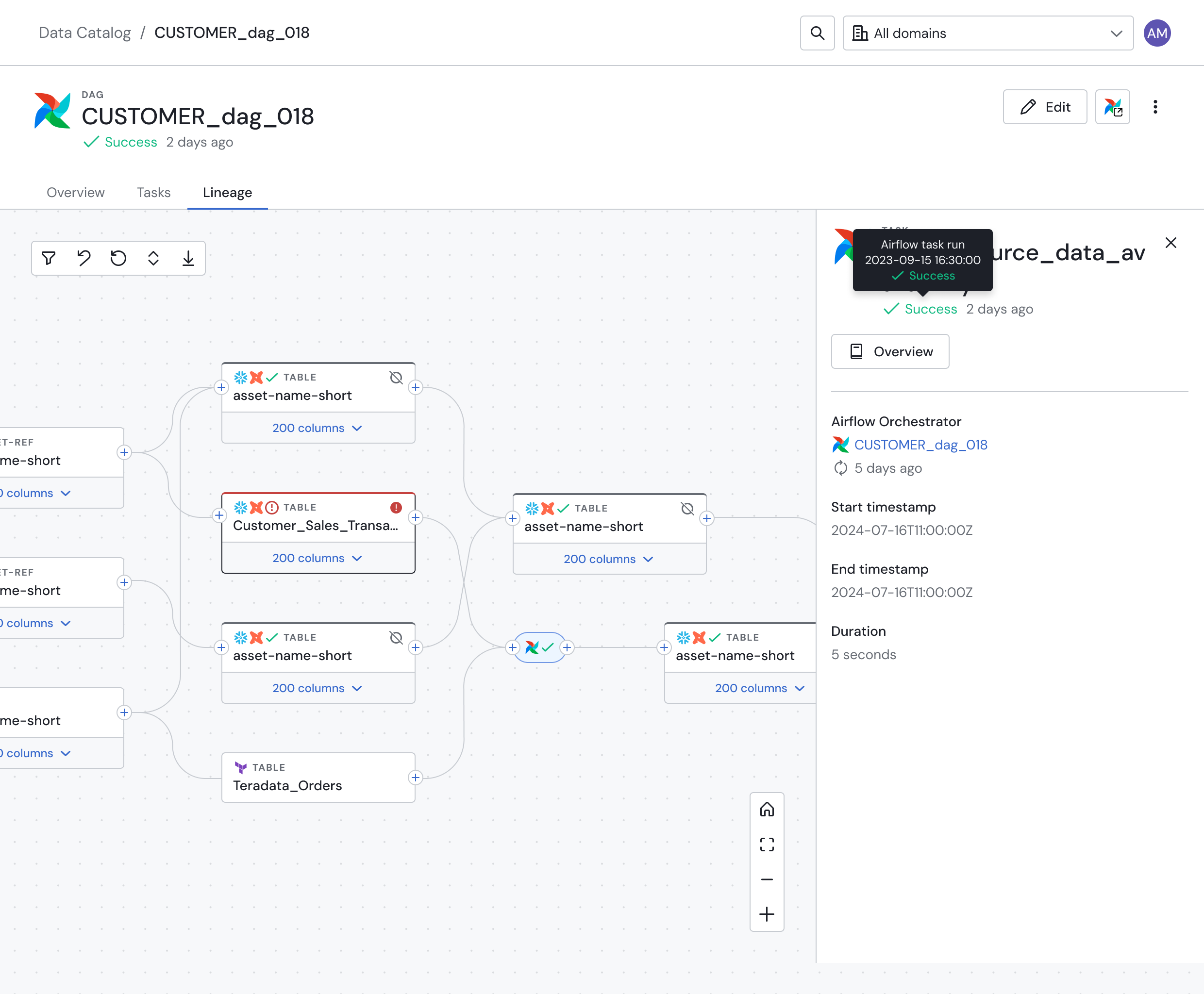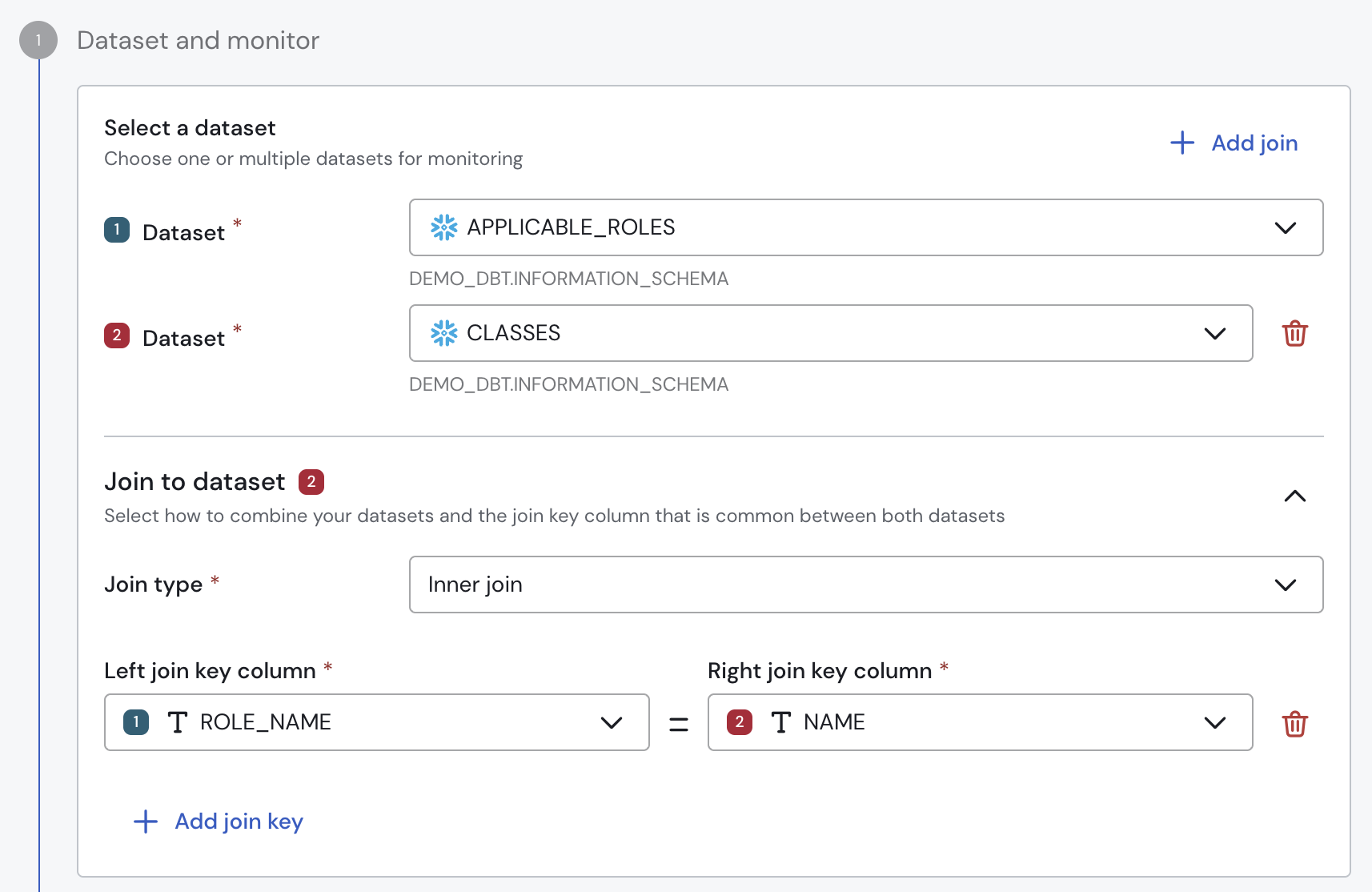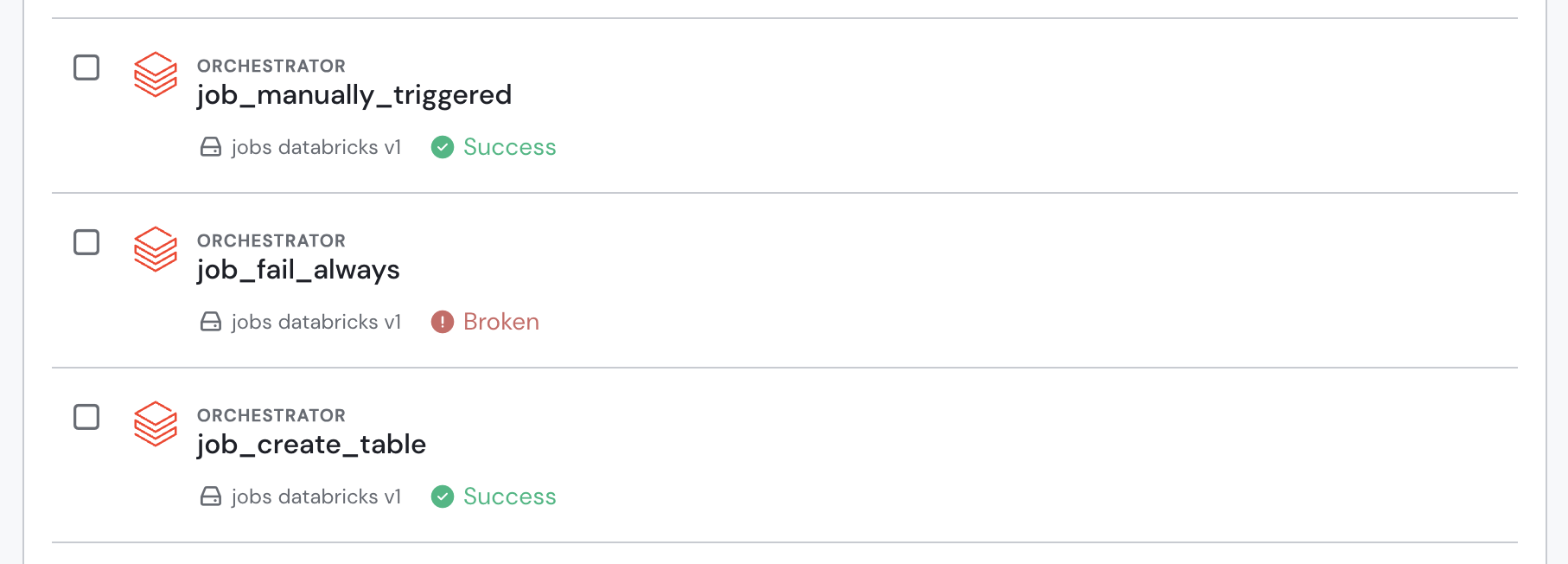We’re excited to introduce the Google Chat integration for Sifflet Webhooks!
This new feature brings real-time data quality notifications directly into your Google Chat spaces — helping your teams stay informed and take immediate action when issues arise.
With this integration, you can seamlessly connect your Sifflet monitors and pipeline alerts to Google Chat, ensuring that data quality events never go unnoticed.
The new integration empowers you with:
Real-Time Data Quality Notifications: Receive instant alerts in your Google Chat spaces whenever data quality issues occur — including monitor failures, status changes, or transformation run errors — ensuring your team stays informed at all times.
Seamless Setup and Management: Connect Sifflet to any Google Chat space through a simple webhook configuration. You can easily test, verify, and manage your Chat connections directly within Sifflet’s Collaboration Tools.
Centralized Communication for Data Quality Events: Bring all your data quality alerts into your existing Google Chat workflows, enabling faster triage, better collaboration, and improved visibility across teams.
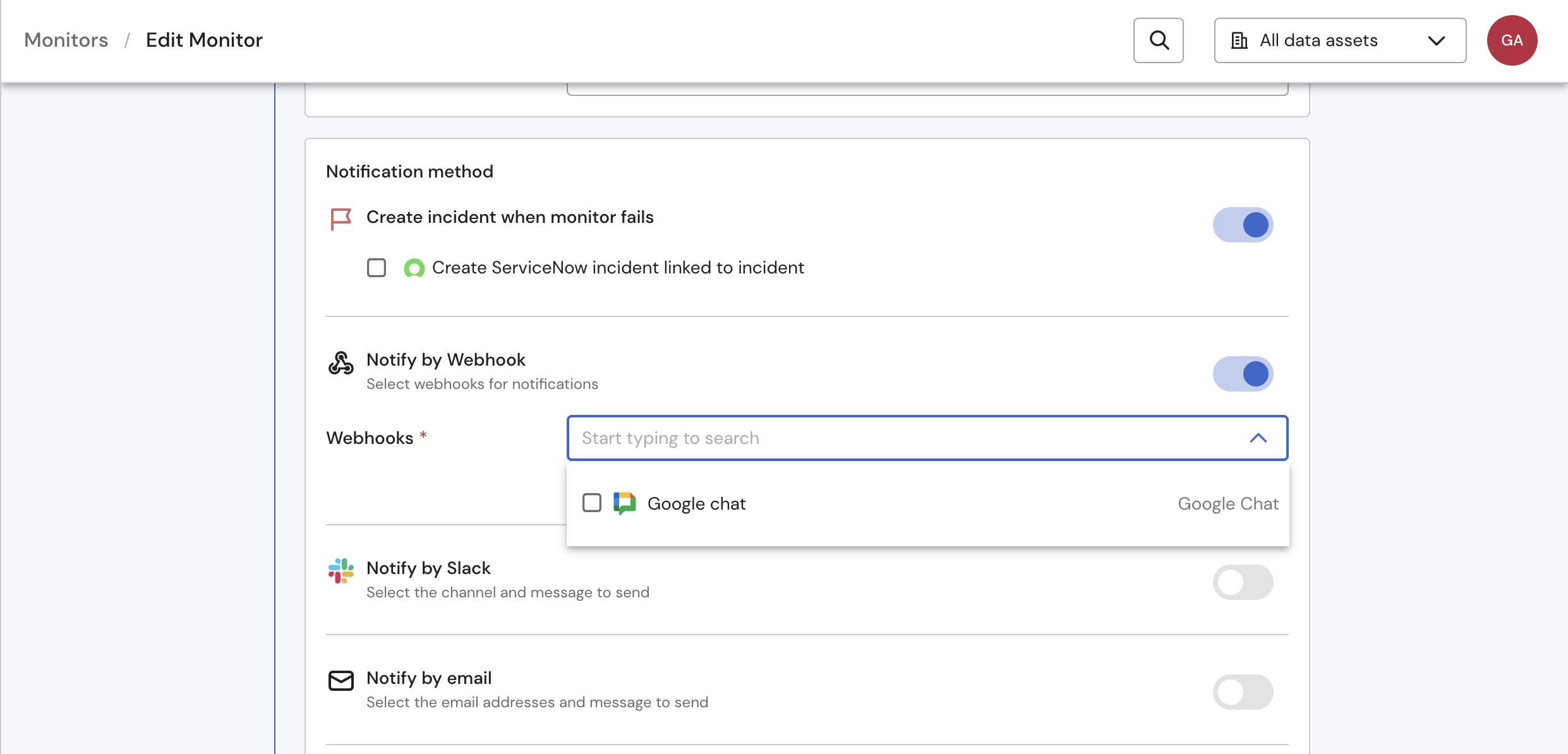
Ready to connect Sifflet to Google chat ? Check out our detailed documentation available here.
App version: v566
